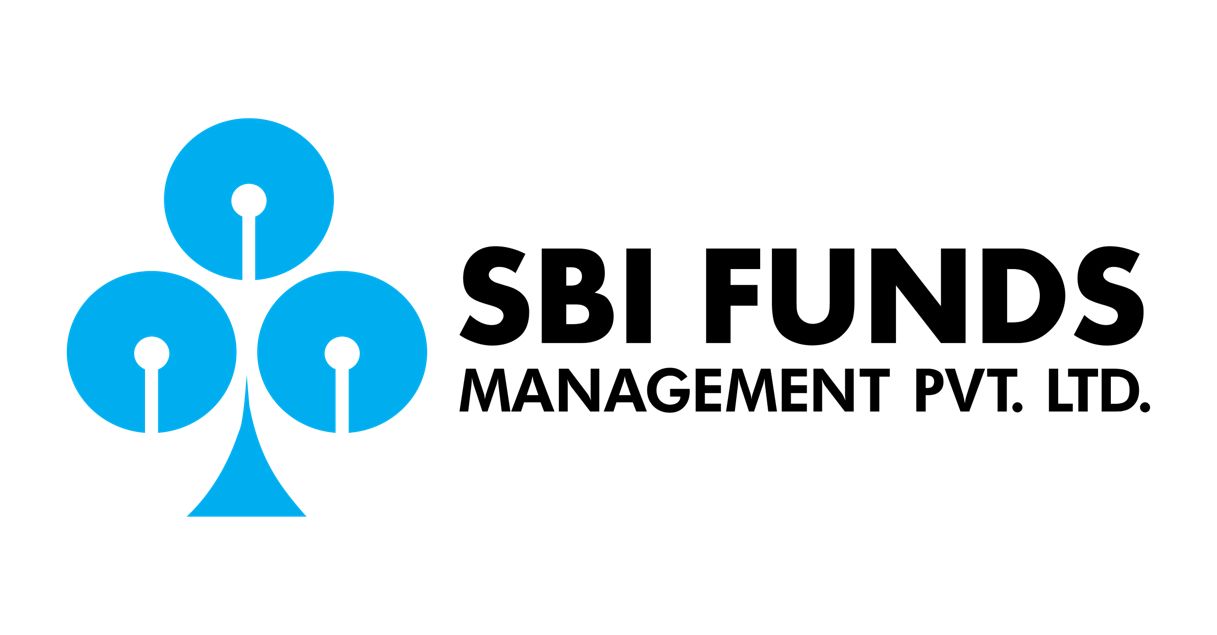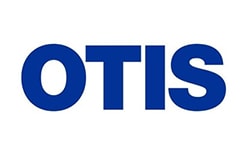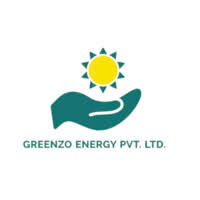NAYARA ENERGY LIMITED
Last Traded Price
₹1250.00 ( 0.00 % )
Principles
Company Name
NAYARA ENERGY LIMITED
ISIN No.
None
No. of Outstanding Shares
None
PAN No.
None
Face Value
₹ None
EPS
₹None
PE ratio
None
P/S Ratio
None
Market Capitalization (in Cr)
₹None
Book value
₹None
P/BV
None
DRHP Filed?
No
Available on
None
Sector
None
CIN
None
Registration Date
None
Stock Performance
Stock Price Over Time
Share Details
Company Snapshot
Nayara Energy Ltd. has emerged as a major privately held energy player in India—blending refining, retail, petrochemicals, and tech innovation. While its growth trajectory has been strong, the July 2025 EU sanctions have introduced new geopolitical and operational challenges.
- Formerly Essar Oil, delisted in December 2015 following a leveraged buy-out by a consortium led by Russia’s Rosneft and traders/investors including Trafigura & UCP, and rebranded as Nayara Energy.
- Ownership structure:
- Headquartered in Bandra Kurla Complex, Mumbai, India.
Operations & Assets
Operates the Vadinar Refinery in Gujarat—India’s second-largest single-site refinery, with capacity of about 400,000 barrels per day (20 million tonnes/year) and a high complexity index (~11.8).
Runs over 6,500–6,600 retail fuel outlets across India, making it the leading private fuel retailer and aiming to reach ~8,200 by 2025.
Growth & Strategic Expansion
Entered the petrochemical space with a 450 KTPA polypropylene plant, part of Phase 1 at Vadinar, expected to begin production in late 2023 and a flow of further investment toward a global-scale integrated complex.
Investing in digital innovation and patented technologies, including advanced separation processes for slop oil reducing waste and supporting India’s Atmanirbhar Bharat ethos.
Exploring green hydrogen collaborations, e.g. with NTPC, aligning with the national hydrogen mission and sustainability goals.
Market Position & Financials
Accounts for roughly 8% of India’s refining capacity, benefiting from advanced infrastructure and ability to process heavy and varied crude types.
Has recorded robust profitability, with net profit rising significantly in recent years (e.g. ₹12,321 crore in FY24 vs ₹9,426 crore in FY23).Community & Sustainability Initiatives
Conducts CSR programs focusing on health, nutrition, education, and community development—for instance, providing nutritional support kits to TB patients in Gujarat.
Partnered with Gulf Oil to roll out automotive lubricants, batteries, and AdBlue products through its retail stations.
INDUSTRY OUTLOOK
Demand & Processing Trends
Strong growth trajectory: India’s oil demand is projected to grow at ~3.2% in 2025, outpacing China, driven by expanding economic activity and rising transportation needs.
High refinery utilization: Refiners ran at over 103% capacity in recent months, processing around 5.3 million barrels per day (bpd) in late 2024.
Seasonal dip in June 2025: Crude throughput fell ~4% to 5.41 mb/d, partly due to monsoon related demand softness, though Russian oil import dependence rose (~17.4%).
Capacity Expansion Landscape
Ambitious expansion plans: India aims to raise refining capacity from ~249 mtpa (~5 mb/d) to ~450 mtpa (≈9 mb/d), representing ~81% growth, with targets of exceeding 310 mtpa by 2028.
S&P Global Outlook:Capacity expected to reach ~300 mtpa by 2028, ~58% via brownfield expansions, remainder greenfield projects (~18 mtpa).
Strategic Shifts & Sustainability
Pivot to petrochemicals: Refiners including IOC, BPCL, HPCL, Reliance, and Nayara are investing in petrochemical capability to raise petrochemical intensity from ~5% to 10–15% or higher—projects underway with integration in new refining complexes.
Sustainability focus: Green hydrogen plants, energy efficiency improvements, biomass blending, and potential carbon capture investments are being pursued to reduce carbon footprint and align with national goals.
IEA outlook: India to add ~1 million bpd of distillation capacity over seven years—surpassing all countries except China—and project exports of ~1.4 mb/d of middle distillates by mid decade, dipping to ~1.2 mb/d by 2030 as domestic consumption rises.
Geopolitical & Market Dynamics
Global export positioning: India is increasingly a go-to supplier of middle distillates and light fuels for Asia and Europe, especially as European demand shifts away from Russia, though export volumes may moderate post 2030.
Import diversification: OPEC exports to India are set to recover after a dip in Russian crude imports; India imported ~4.6 mb/d of crude in 2023 with projections of 5.8 mb/d by 2030, raising energy security considerations.
Sanction ripple effects: New EU sanctions on Russian-origin refined products are reshaping supply chains—traders may be intermediaries for rerouting exports, raising costs and compliance risk
Outlook Summary
India's refining sector remains on a fast-growth trajectory, matching its rising consumption and export ambitions. Despite delays, capacity expansion is underway, especially through brownfield upgrades. The industry is strategically transforming—leaning into petrochemicals, investing in cleaner energy links like hydrogen and biofuels, and adapting to global regulatory pressures. While geopolitical turbulence (e.g., sanctions on Russian-linked exports) and investment bottlenecks pose risks, India's refining sector is positioning itself as a regional hub for resilient, diversified, and sustainable oil products supply
Latest shareholding pattern of Nayara Energy Ltd.
| Shareholder | Approx. Stake |
|---|---|
| Rosneft Singapore Pte. Ltd. | ~49.13% |
| Kesani Enterprises Co. Ltd. | ~49.13%|
| Others / Minority Investors | ~1.74% |

₹0.00 (0.00%)

₹0.00 (0.00%)

₹0.00 (0.00%)

₹0.00 (0.00%)

▼ ₹-20.00 (-0.95%)

▲ ₹003.00 (4.17%)


₹0.00 (0.00%)

₹0.00 (0.00%)

▼ ₹-250.00 (-2.17%)

₹0.00 (0.00%)

₹0.00 (0.00%)

₹0.00 (0.00%)

₹0.00 (0.00%)

▼ ₹-3.00 (-4.41%)

₹0.00 (0.00%)

₹0.00 (0.00%)

▼ ₹-150.00 (-4.41%)

₹0.00 (0.00%)

▲ ₹007.00 (17.50%)

₹0.00 (0.00%)

▼ ₹-1.00 (-0.92%)

₹0.00 (0.00%)

₹0.00 (0.00%)

₹0.00 (0.00%)

₹0.00 (0.00%)

₹0.00 (0.00%)

₹0.00 (0.00%)

₹0.00 (0.00%)




₹0.00 (0.00%)

₹0.00 (0.00%)

₹0.00 (0.00%)

₹0.00 (0.00%)

▼ ₹-2.00 (-5.88%)

₹0.00 (0.00%)

₹0.00 (0.00%)


₹0.00 (0.00%)

▼ ₹-25.00 (-1.72%)

₹0.00 (0.00%)

▲ ₹004.00 (10.53%)

▲ ₹005.00 (2.08%)



₹0.00 (0.00%)

₹0.00 (0.00%)
₹0.00 (0.00%)

₹0.00 (0.00%)
▲ ₹00500.00 (3.51%)
₹0.00 (0.00%)
₹0.00 (0.00%)
₹0.00 (0.00%)
▲ ₹0020.00 (9.76%)
▲ ₹0010.00 (1.77%)
₹0.00 (0.00%)